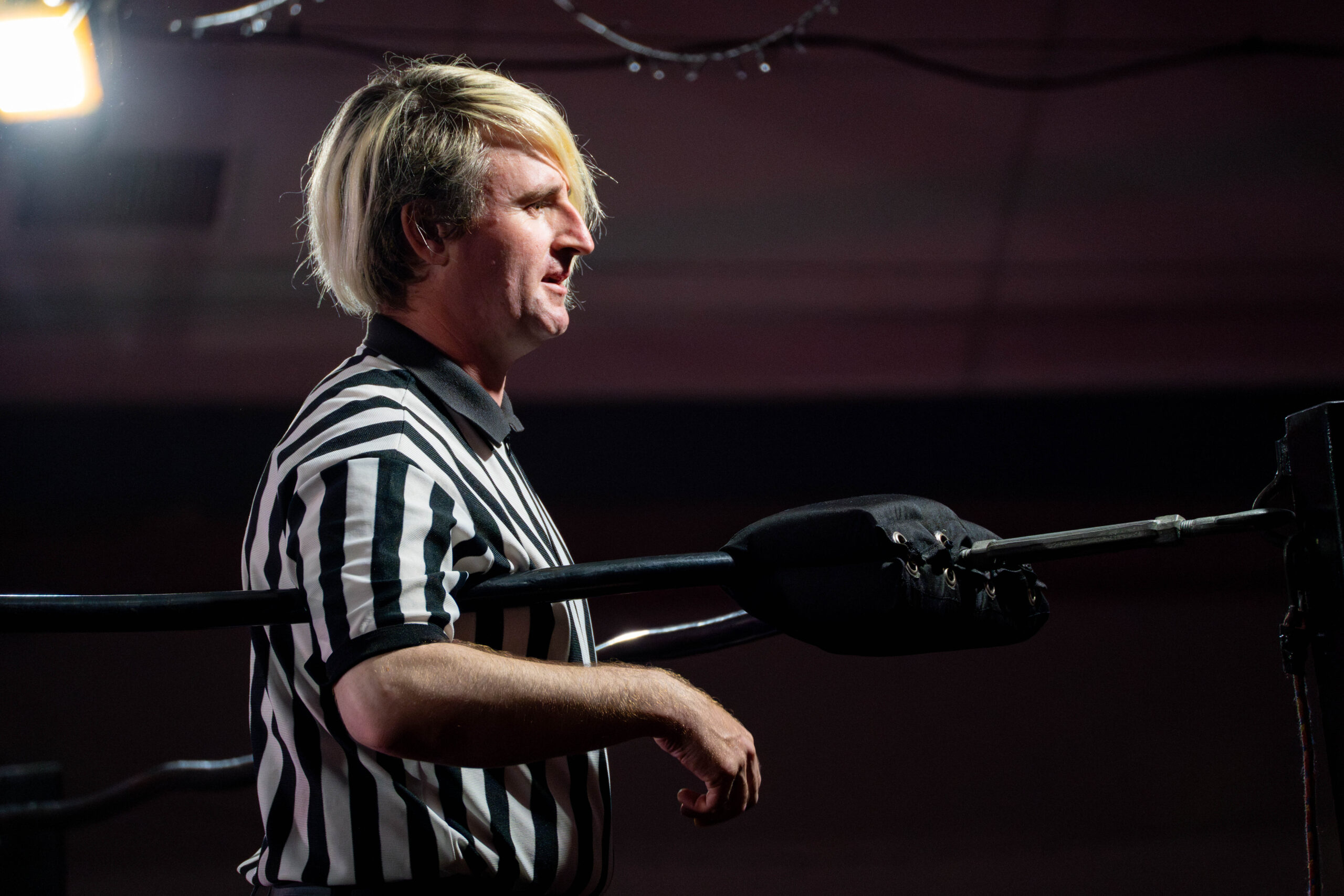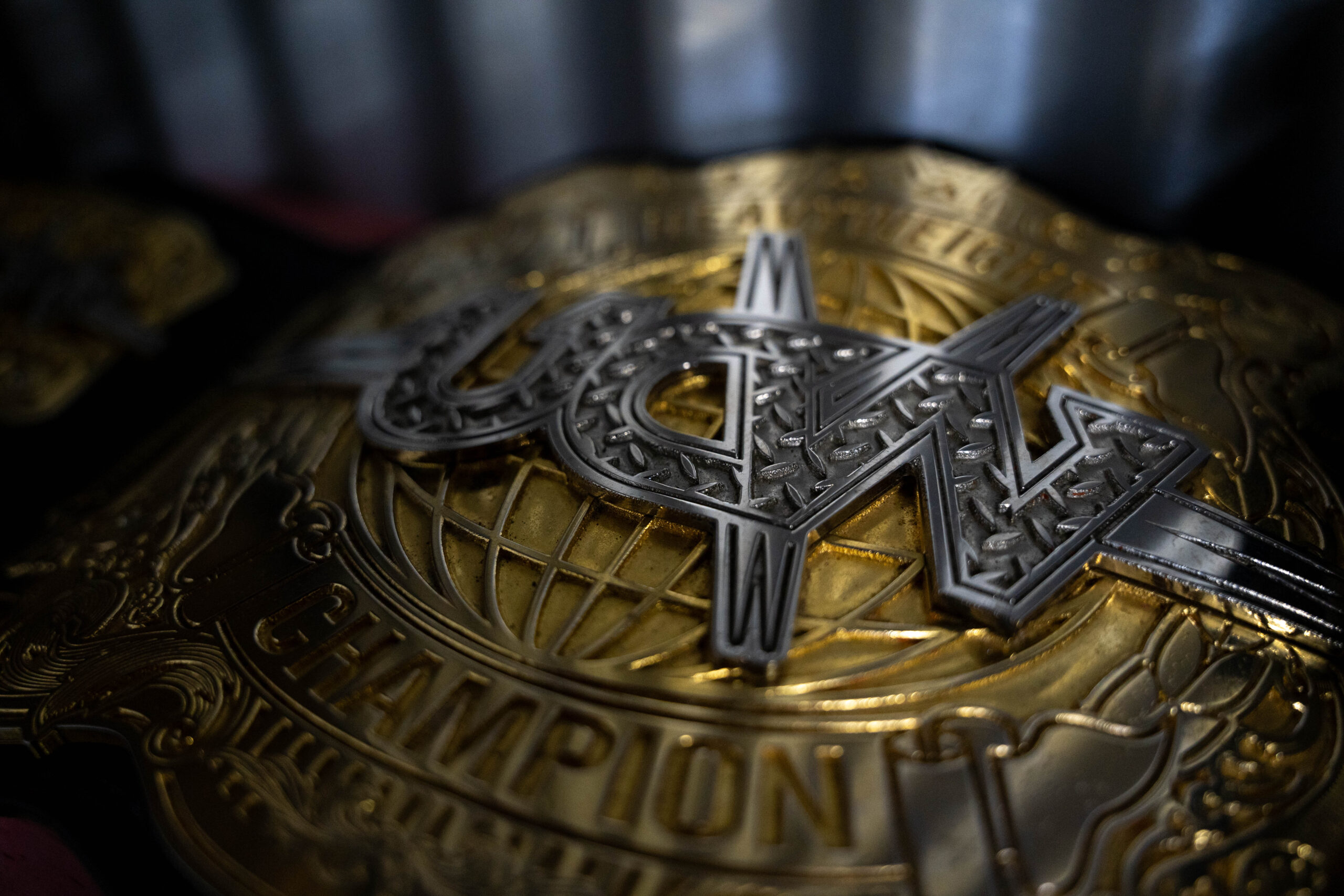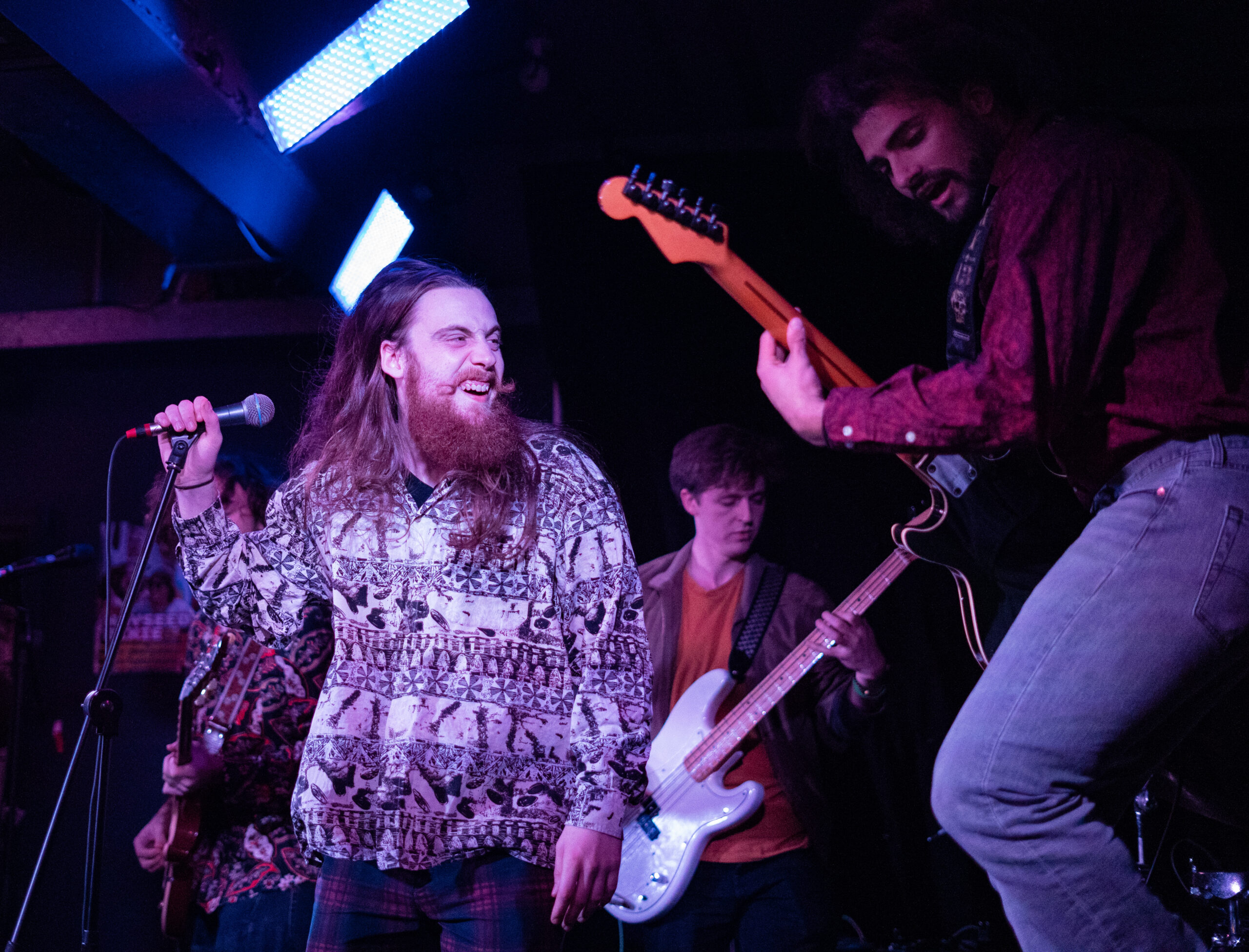More Than Just Hitting Record: Capturing the Soul of the Show
There’s a massive difference between simply recording a wrestling match and truly capturing it. Anyone can stick a camera on a tripod and get the job done, creating a functional but flat replay of the events. But mastering the art of wrestling videography? That’s a whole different ball game. It’s about transforming a live event into a compelling, dramatic, and endlessly rewatchable piece of entertainment.
It’s an art form that unfolds in stages. It begins with the buzzing energy of the ringside area before the first bell and ends in the quiet focus of an edit suite, where the final story is pieced together. What happens between those two points is a dance of technical skill and creative instinct. It’s about knowing the story you need to tell and using every tool at your disposal—cameras, lighting, audio, and editing—to tell it with the most impact possible.
This guide will take you on that journey from ringside to replay. We’ll pull back the curtain on what it takes to master this craft, giving you a promoter’s-eye-view of the artistry involved. Understanding this process is key to unlocking the true potential of your show’s presentation and appreciating why great wrestling videography is so much more than just pointing and shooting.
The Pre-Show Huddle: Planning for Perfect Shots
The art of capturing a brilliant wrestling match begins hours before the first fan finds their seat. A truly professional camera operator never just walks in, sets up their gear, and hopes for the best. The real work starts with a pre-show huddle; a vital chat with the promoter or booker to understand the night’s roadmap.
This isn’t about spoiling the results! It’s about understanding the stories you want to tell. Who are the key heroes and villains tonight? Which matches have the most heat behind them? Is there a big, jaw-dropping spot planned that the cameras absolutely must be in position for, like a dive to the outside or a table spot? Knowing these key details in advance allows the camera crew to anticipate the action, not just react to it. It’s the difference between catching that shocking interference in a perfect, dramatic close-up versus catching the back of the manager’s head as they run away.
This homework is a crucial part of professional wrestling filming and it sets the entire crew up for success. It ensures that the camera work will enhance and support the narratives that you and your talent have worked so hard to build. It’s the unseen first match of the night.

Directing the Drama: Artistry in the Moment
Once the bell rings, the camera operator becomes a live-action director. This is where preparation meets instinct in a fast-paced, unscripted dance. It’s not just about following the wrestlers around the ring; it’s about making dozens of artistic choices every single minute to best tell the story of the match.
The art is in the composition. A shot from a low angle can make a monster heel look like an unbeatable giant. Filming through the ropes can create a sense of claustrophobia for a babyface trapped in the corner. A quick pan to the crowd right after a shocking moment involves them in the narrative, their reactions validating the drama in the ring. These aren’t happy accidents; they are deliberate choices made in a split second.
A great operator feels the rhythm of a match. They know when to stay wide to showcase a breathtaking athletic exchange and when to crash zoom on a wrestler’s face to capture the agony of a submission hold. They’re not just filming what’s happening; they’re hunting for the emotion behind the action. This instinct, this ringside creativity, is the beating heart of artistic wrestling filming.
Feel the Noise: The Art of Immersive Audio
The art of wrestling videography isn’t just a treat for the eyes; it has to be a feast for the ears too. Truly mastering the craft means understanding that sound is every bit as important as the picture. It’s the key that unlocks a visceral, immersive experience for the viewer at home, making them feel like they’re right there in the front row.
The artistry comes from capturing and balancing a whole soundscape. It starts with the ring itself. A professional setup uses specific microphones to capture that satisfying, bass-heavy BOOM of a bodyslam on the canvas, not just a distant, tinny slap. It’s about getting the sharp, stinging crack of a chop so clearly that the audience almost feels it themselves.
Then, there’s the crowd. The art isn’t just recording their noise; it’s about capturing their energy. It’s getting the swell of a “this is awesome!” chant to build excitement, isolating the collective gasp of a shocking near-fall, and feeling the wave of boos for the heel. Blending these distinct audio sources together—the impacts, the dialogue in the ring, and the atmosphere of the room—is a delicate balancing act. Mastering the audio is a frequently overlooked but essential skill in the world of wrestling filming.
The Final Cut: Weaving the Story in the Edit Suite
All the brilliant camera work and crystal-clear audio captured ringside are just the raw ingredients. The final, delicious meal is cooked up in the edit suite. This is the “replay” part of the journey, where an editor takes hours of footage from multiple cameras and masterfully weaves it into a coherent, exciting, and emotionally compelling story.
The art of the edit is all about pacing. An editor can build incredible excitement by using rapid-fire cuts between different angles during a frantic comeback sequence. Then, they can slow everything down, lingering on a single, tight shot of a wrestler’s face to let a moment of triumph or despair truly sink in with the viewer. It’s this control over the rhythm of the match that makes the final product so engaging.
Choosing the right shot at the right time is everything. The editor will sift through all the angles to find the one that shows the impact of a move most effectively or the one that best captures a crucial character moment. Then comes the final polish: adding graphics, mixing the audio to perfection, and applying a colour grade that gives your entire show a unique, signature look. This post-production artistry is what elevates a simple recording into a polished piece of wrestling video.
Beyond the Bell: The Art of Promos, Vignettes, and Hype
Mastering the art of wrestling videography doesn’t stop at the final bell of the final match. To truly elevate your promotion, the storytelling needs to continue between shows, and that’s where the real filmmaking begins. This is about building characters and hyping your next big event through compelling pre-taped content.
A well-shot promo is infinitely more powerful than a selfie video. By using professional lighting, crisp audio, and a carefully chosen location, you can make a wrestler’s words carry so much more weight and intensity. Then there are vignettes: short, cinematic pieces that can introduce a new character, showcase their training, or explain their motivations. These segments build a crucial connection between the talent and the audience, getting them invested on a much deeper level.
And of course, there’s the hype package. This is perhaps the ultimate art form in wrestling promotion. It’s the skillful weaving together of past match highlights, dramatic promo snippets, and powerful music to build anticipation for a main event to a fever pitch. This is where wrestling filming evolves into pure filmmaking, creating a mini-movie that makes your upcoming match feel like the most important thing in the world.

Creative Curiosities & Final Takes on Wrestling Videography: An FAQ
Q: How much creative input should I have with the camera crew on the night?
A: It’s a collaboration, but it’s all about trust. Your job as the promoter is to provide the key story beats: tell the crew who the fans should love, who they should hate, and if there are any absolutely crucial moments in a match that need to be captured. A good wrestling videography team wants that information! Once they have the ‘what’, you should trust them to handle the ‘how’—using their skills to find the best angles and shots to tell your story effectively.
Q: What’s one simple thing that can make my show look more ‘cinematic’ on a budget?
A: If your venue allows it, a little bit of haze or smoke from a smoke machine can work wonders. It’s a relatively cheap effect, but it adds a huge amount of production value. It catches the light, adds depth and texture to the image, and makes your entrances and in-ring action look ten times more dramatic and professional. It’s a classic trick for a reason!
Q: Are promos and vignettes really necessary? Isn’t the in-ring action what people pay for?
A: The in-ring action is the payoff, but the promos and vignettes are what give that action meaning. They build the stories and develop the characters that make fans emotionally invested in who wins and loses. Think of it this way: a great match between two wrestlers you don’t care about is just an athletic exhibition. A good match between two wrestlers with a compelling, well-told story behind them? That’s a main event.


